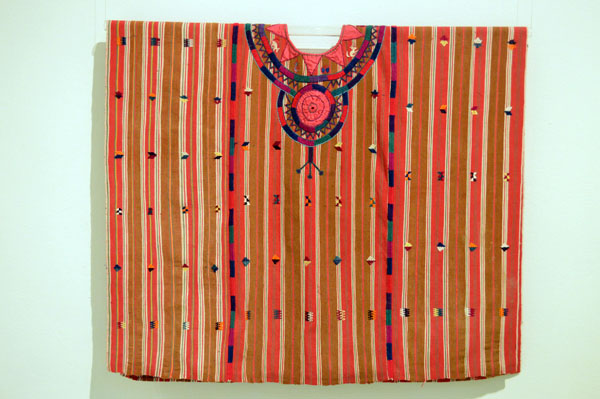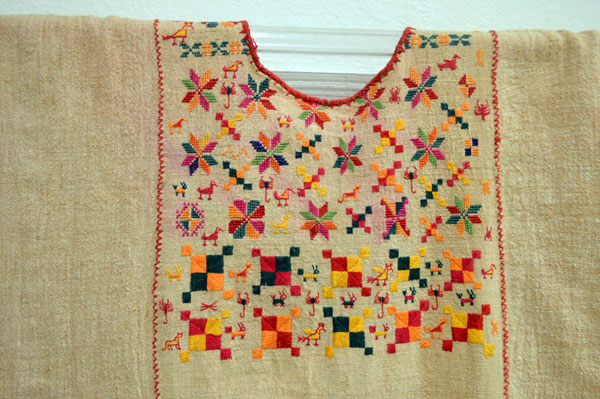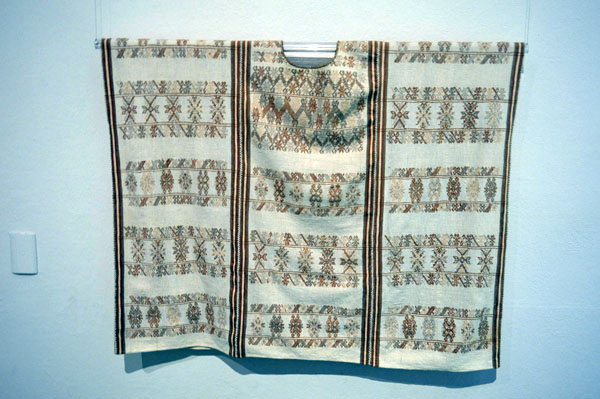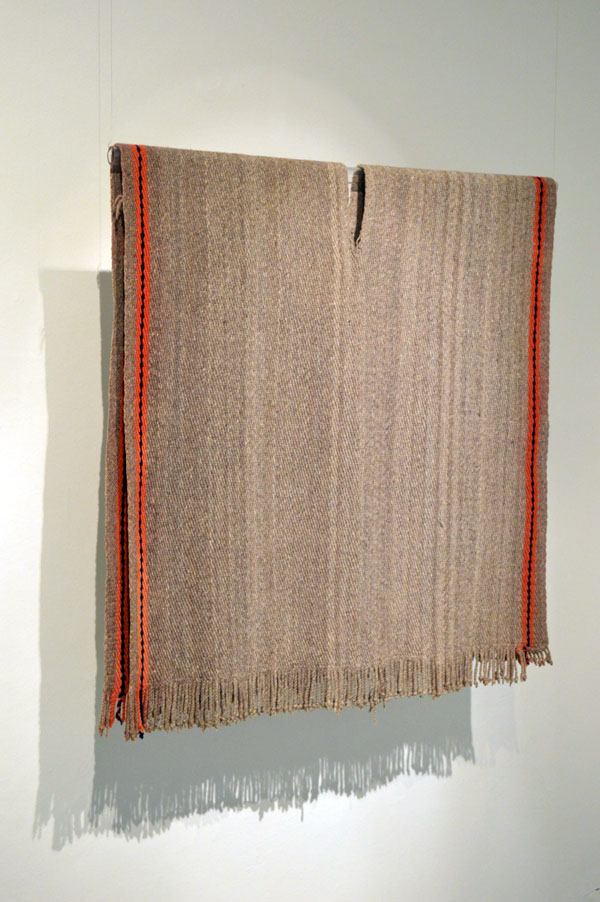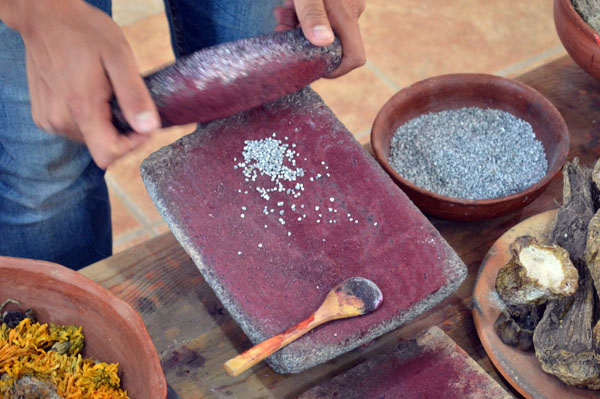WEAVING AND MASK MAKING
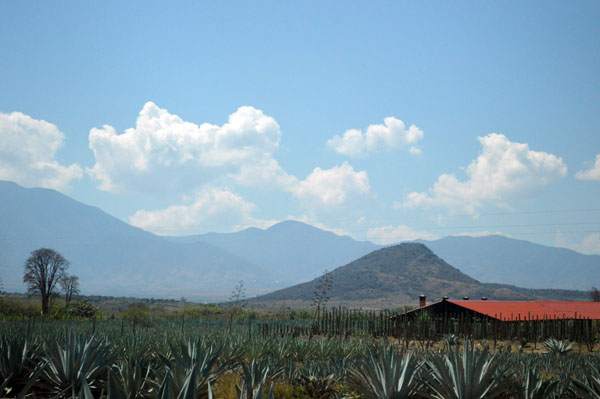
A drive out of the city east along the valley a few miles takes one to many villages including Teotitlan del Valle where some of the best weavings are made. We went to the workshop and restaurant run by the Montana family at Tierra Antigua Restaurant and gallery.
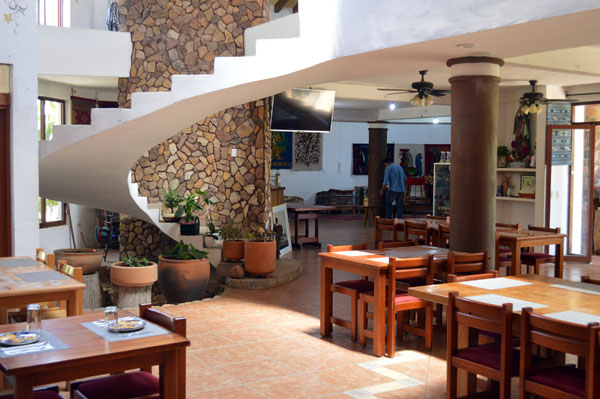
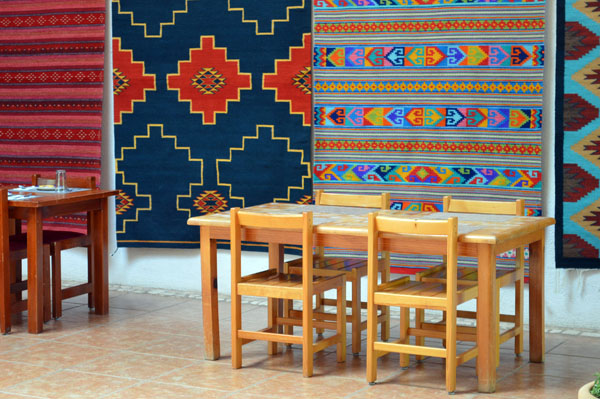
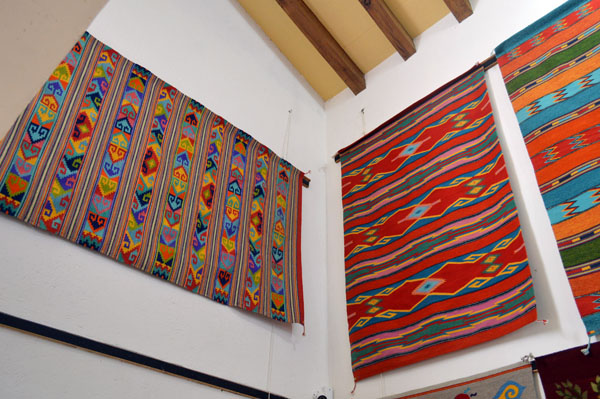
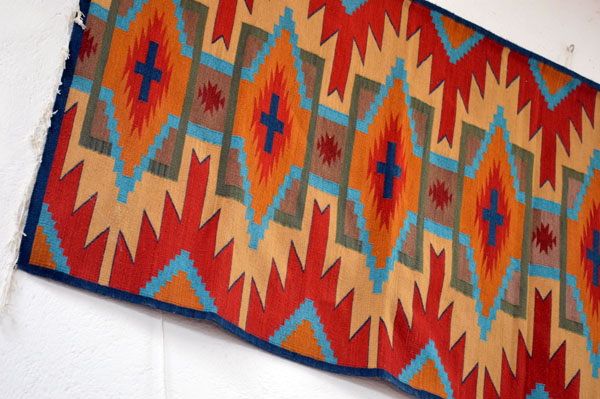
Below-In the foreground are the natural substances used to make the dyes
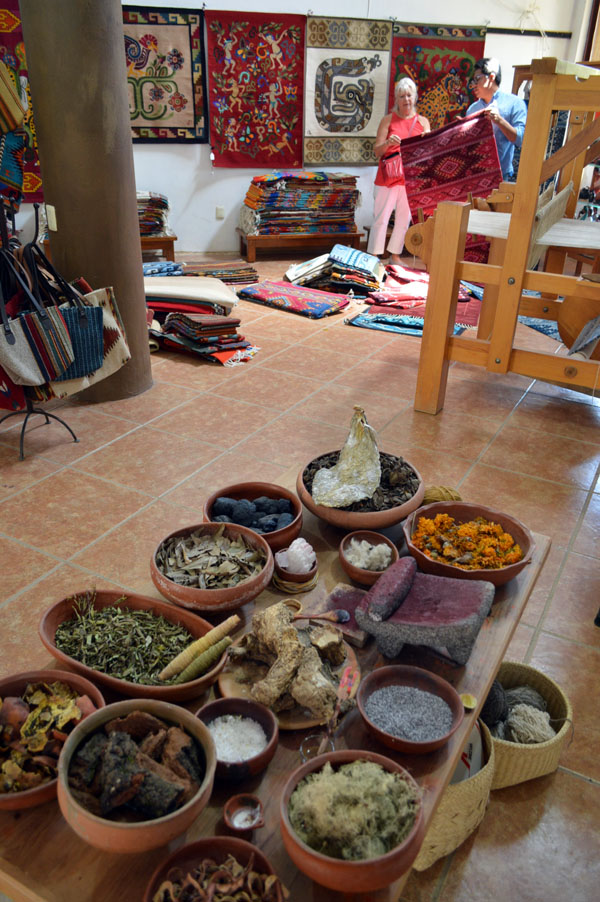
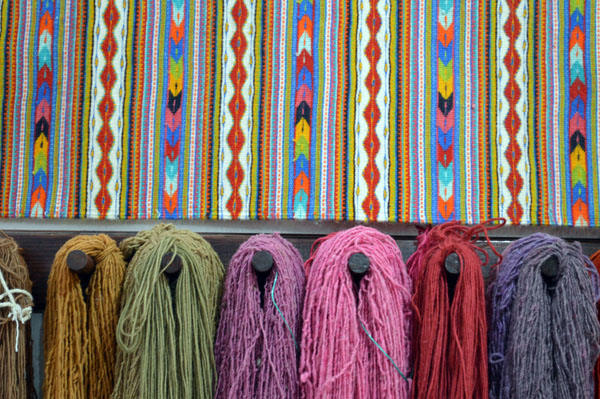
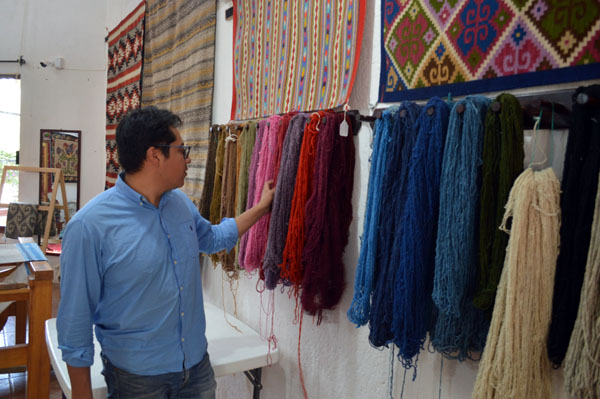
Diego Montana is the son who showed us his work and explained how all this was done.
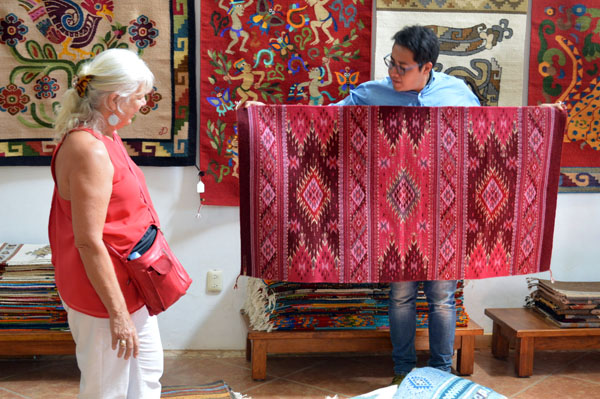
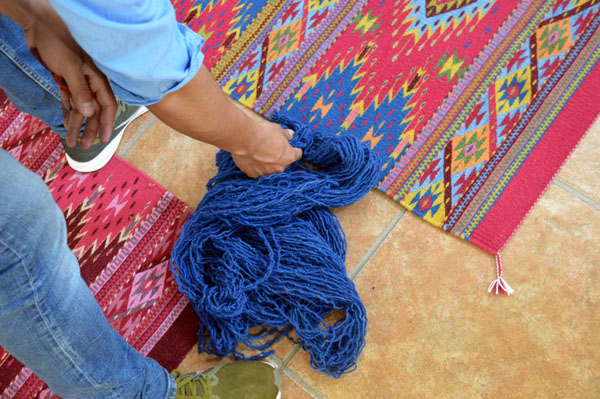
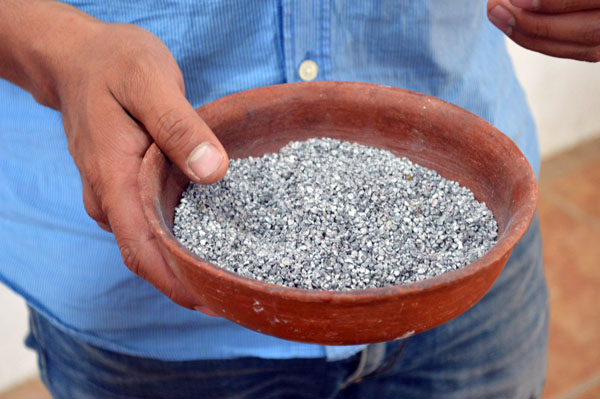
Above the red dye comes from the Cochineal which are small white looking insects that live on the cactus plants.
The blue gray insects turn to a crimson red and with the addition of an acidic such as lemon will turn it orange and with an alkili turn purple .
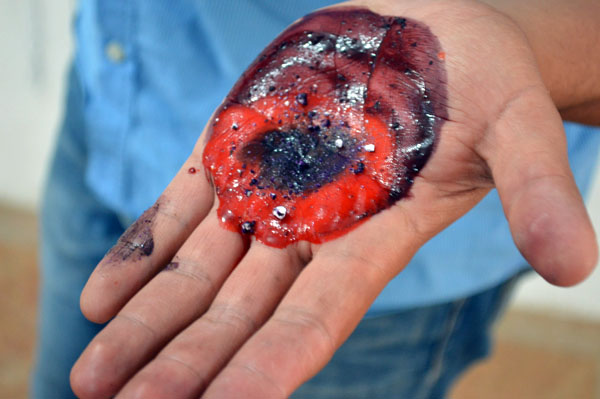
Below- Indigo. A leaf which left in water to soak, mixed with lime powder and oxidized will make tones of blue to black.
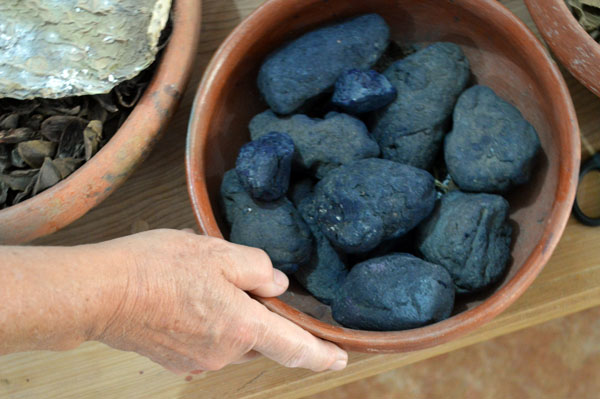
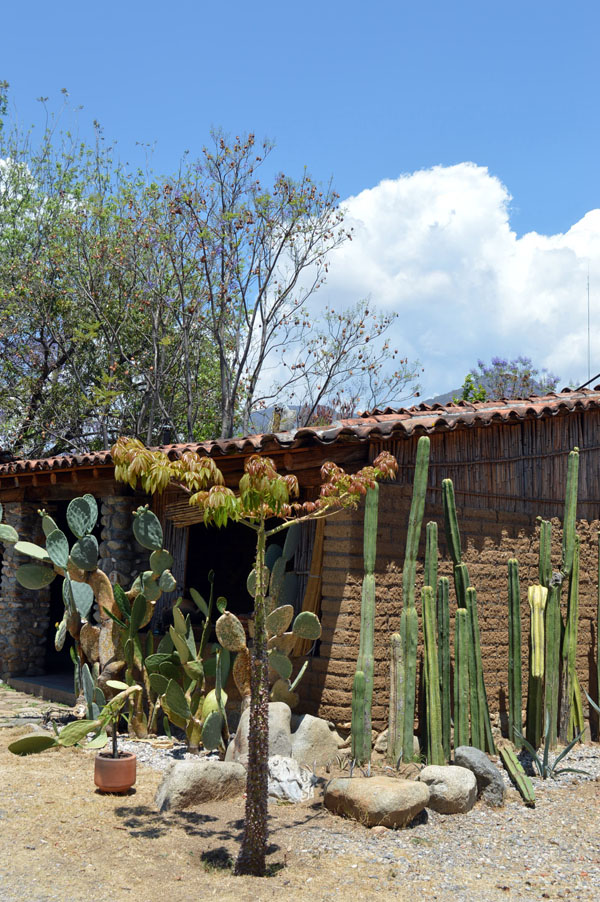
Above the old adobe workshop where the dying takes place.
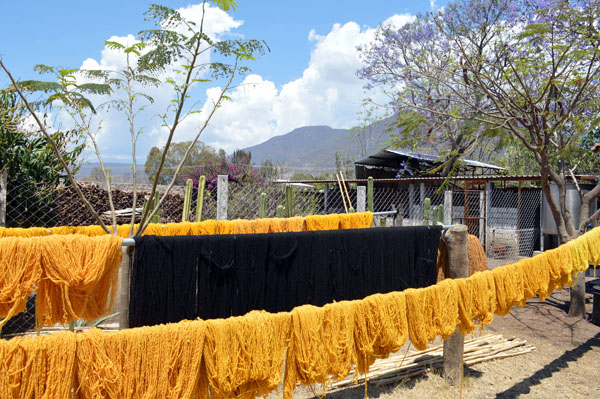
The outer shell of the almond and walnut is used to make earth tones and yellows. Mixed with three different options iron, sulfate & copper or sulfate & potassium dichromate. Variations of these three combinations result in a range of shades of browns and yellows.
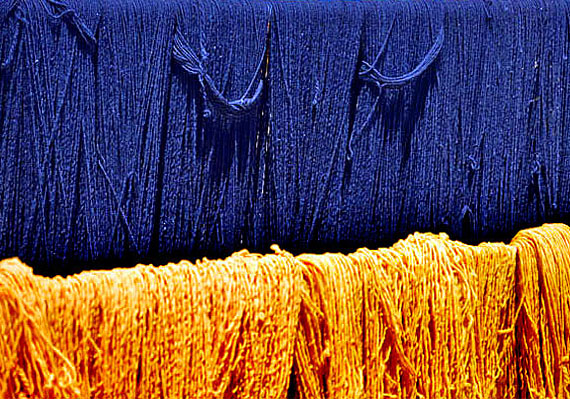
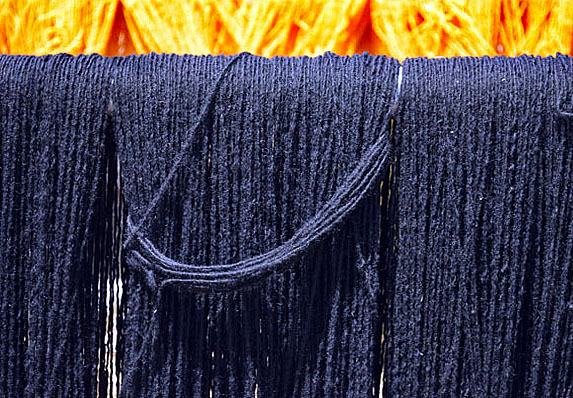
Pomegranate skins can produce intense golden yellows. The longer you learn the yarn or cloth in the boiling liquid the more intense the colour.
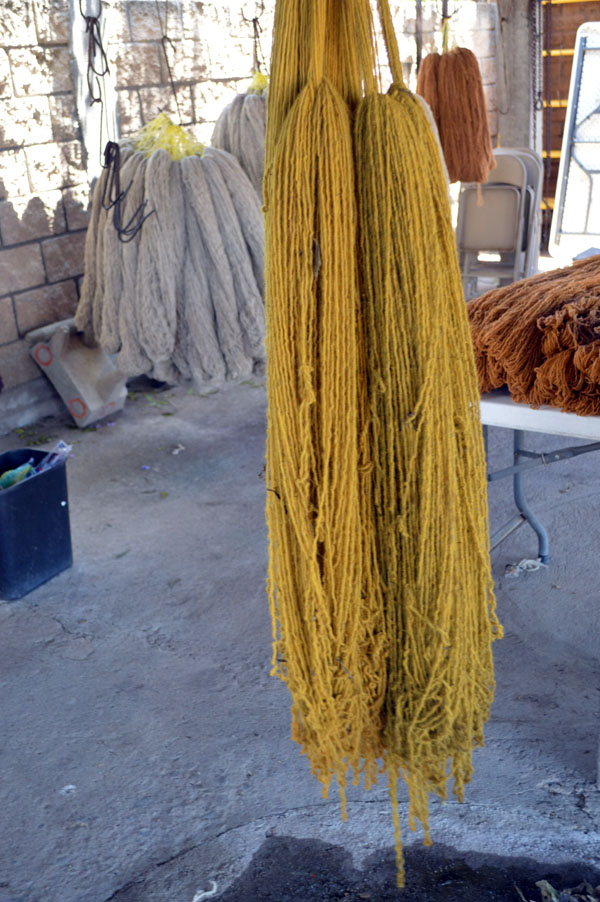
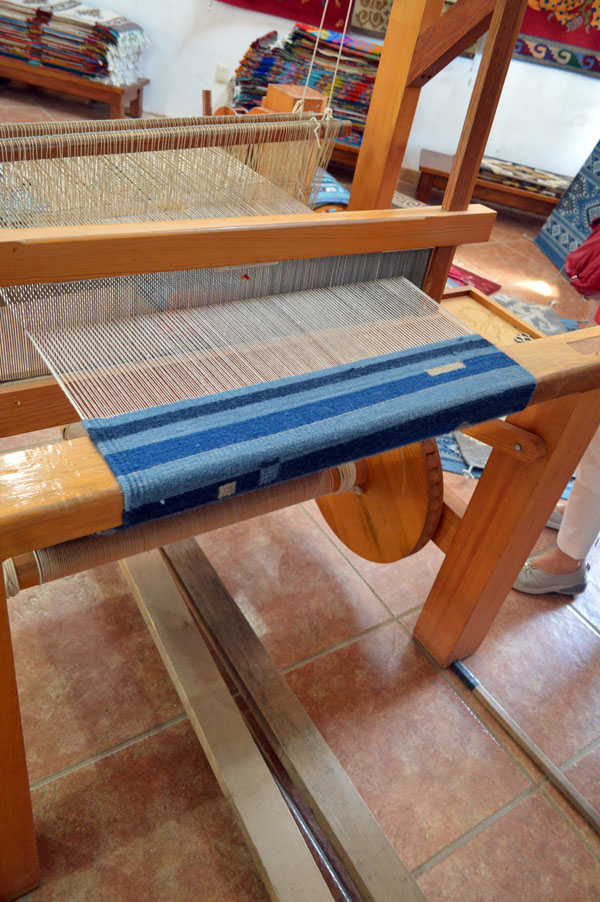
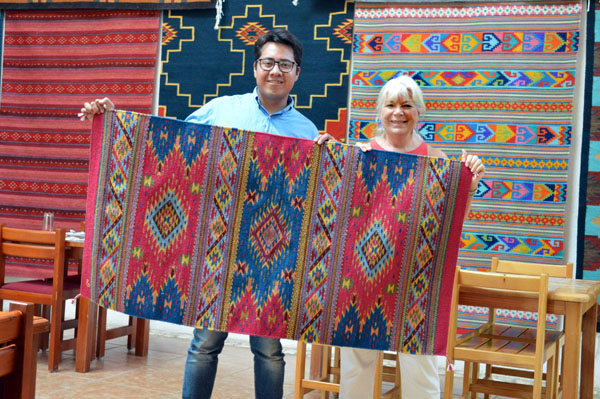
Above- The rug of his making we eventually bought.
Below- The Mother of the family -Carina had to give us a hug before leaving.
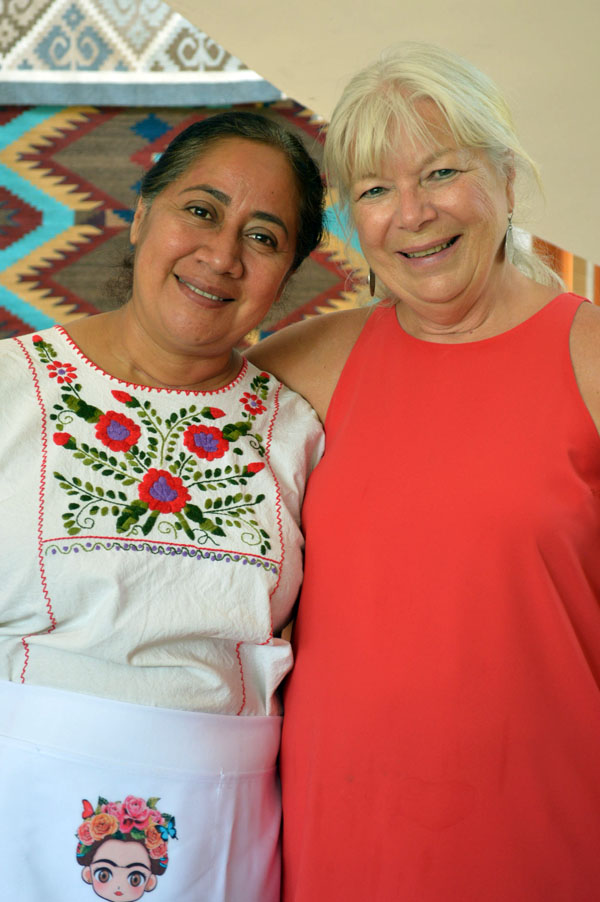
_______________________________________________
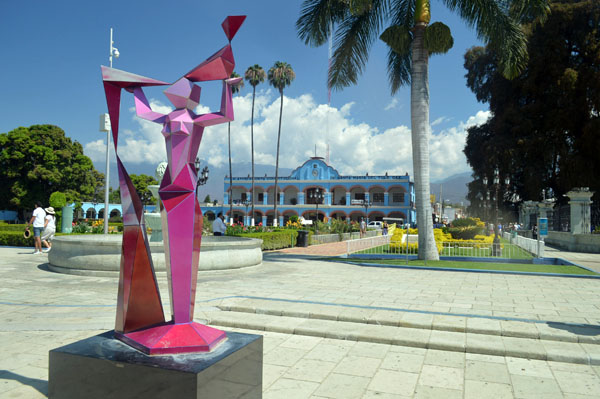
Above the plaza of Santa Maria del Tule outside of the church where the huge Mexican Cypress called El Tule is located.
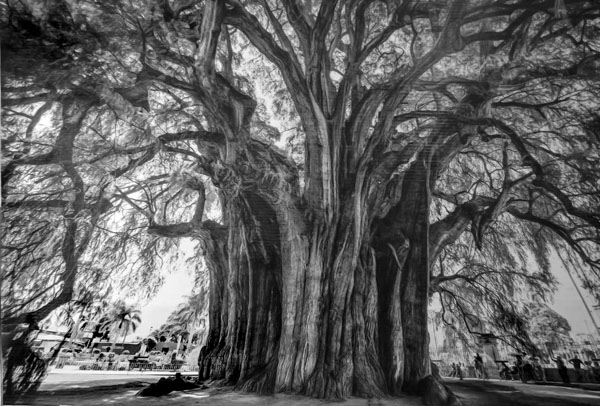
It is very difficult to photograph as it is so massive and one cannot get any distance away from it.
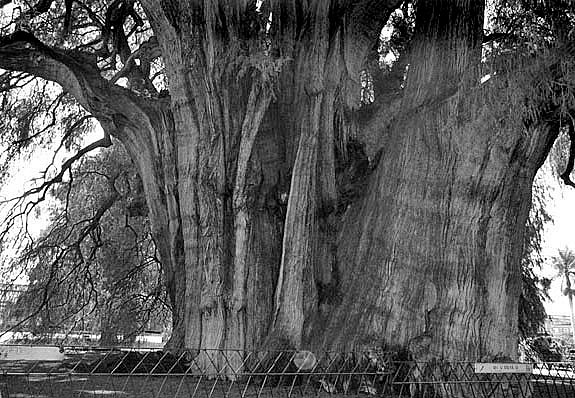
The tree is some two thousand years old and is perhaps the largest in Latin America.
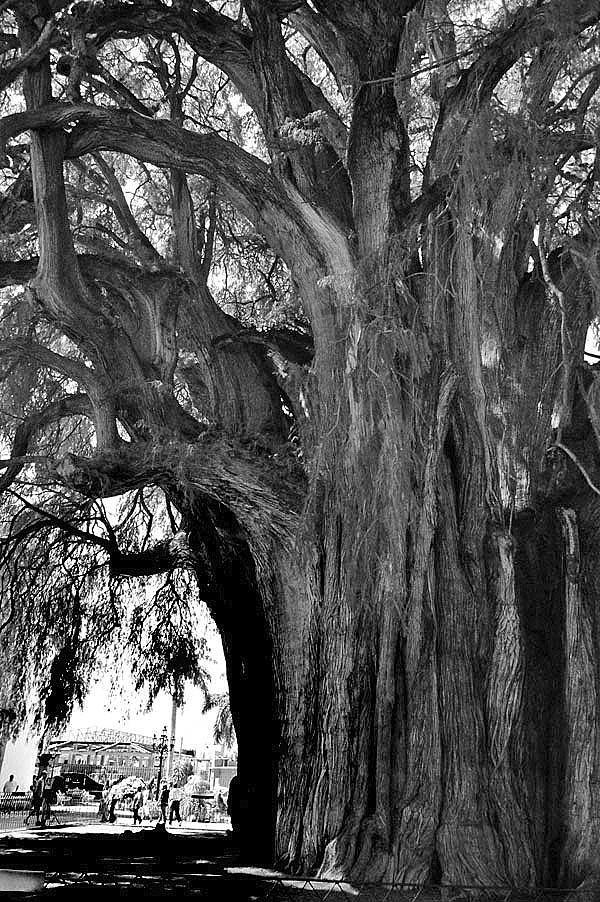
_____________________________
EX CONVENTO DE SAN PABLO
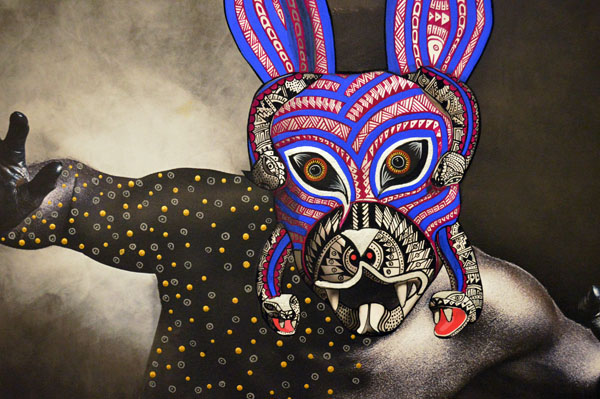
Jacobo and Maria Angeles made these masks and they were incredible.
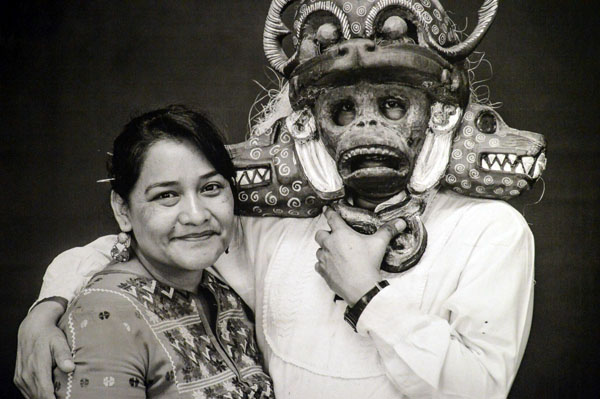
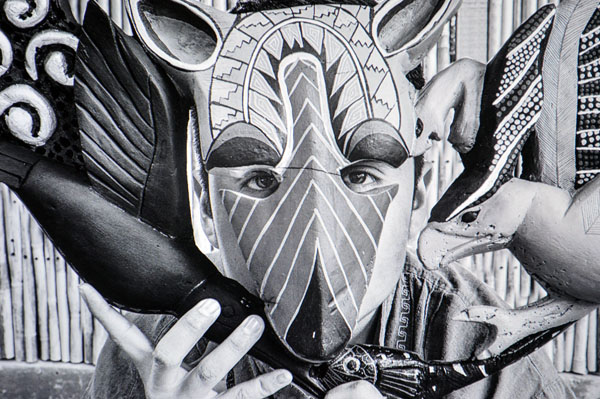
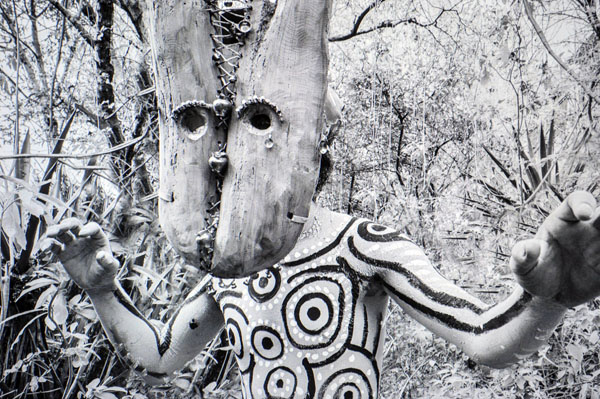
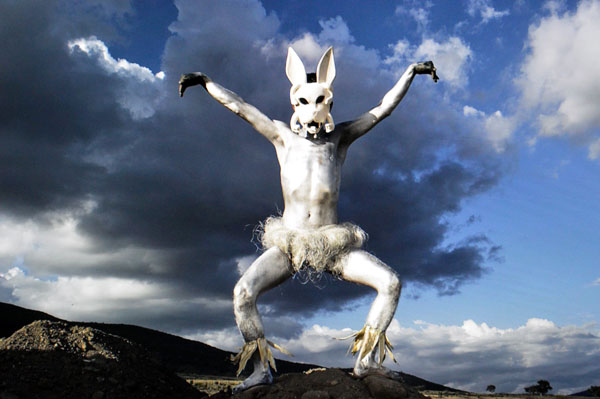
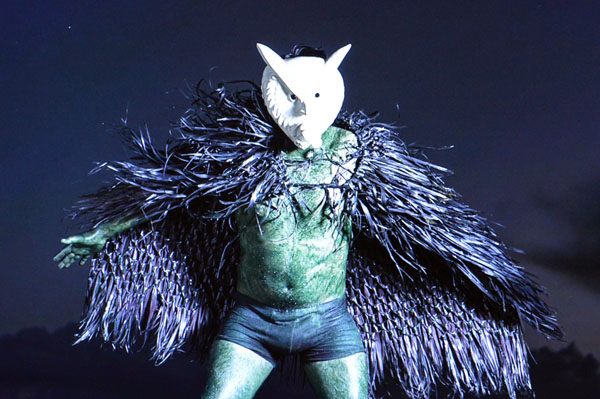
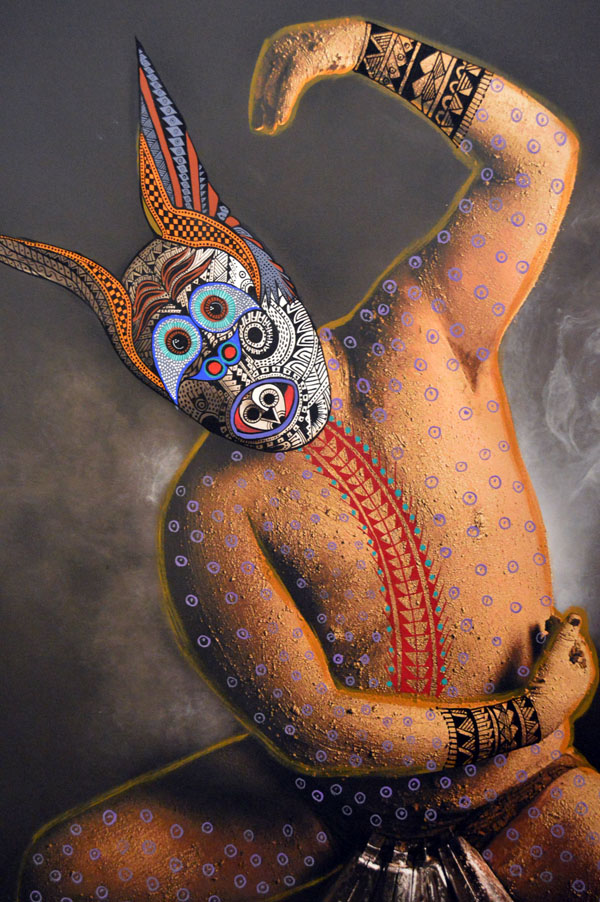
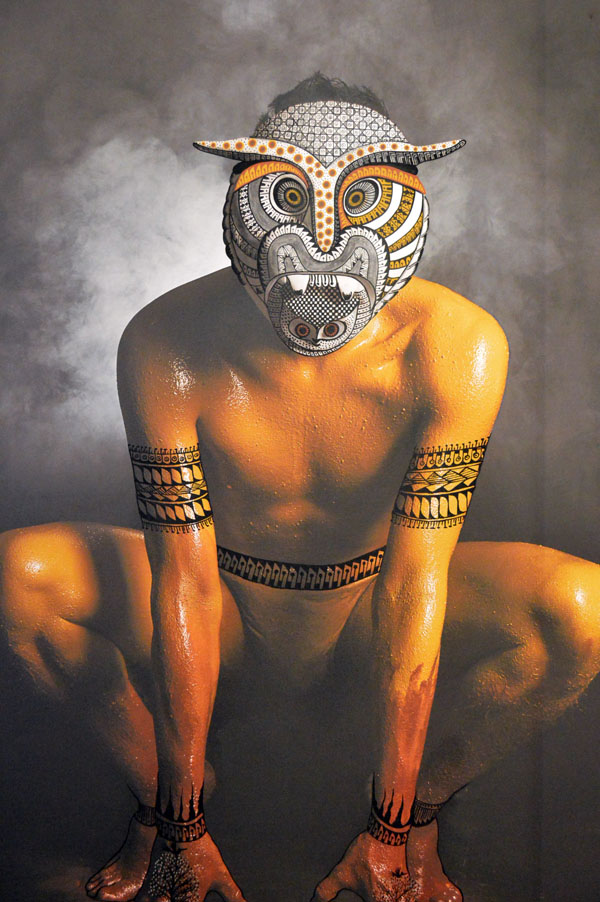
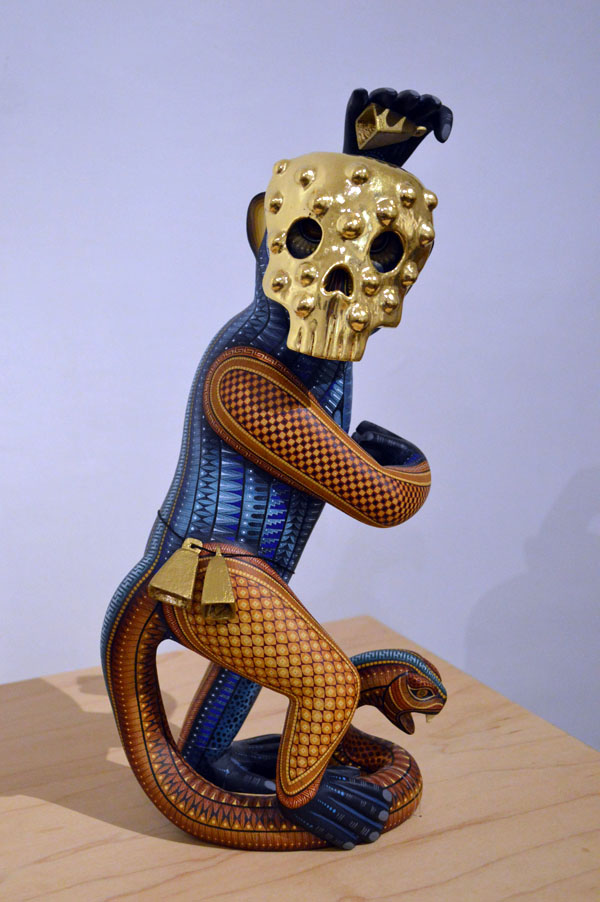
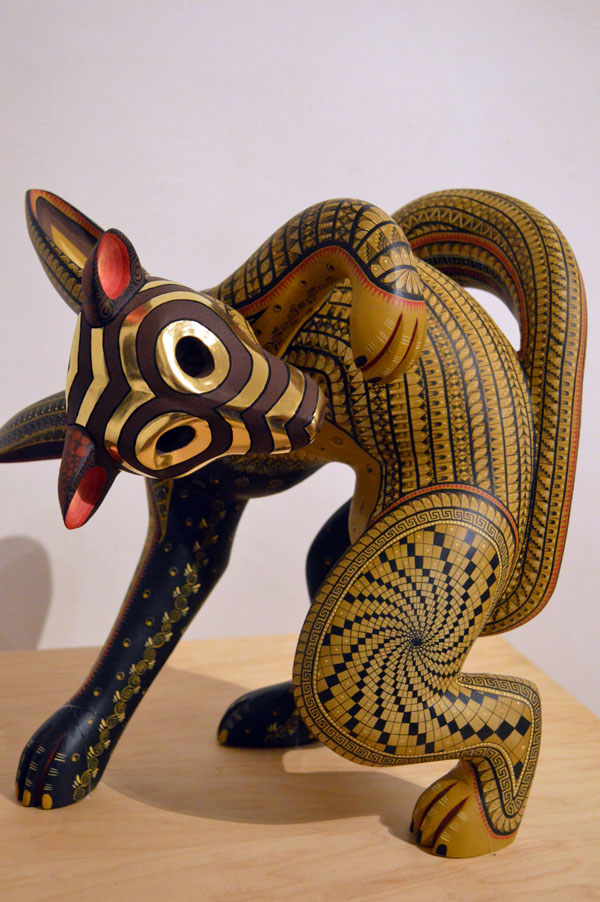
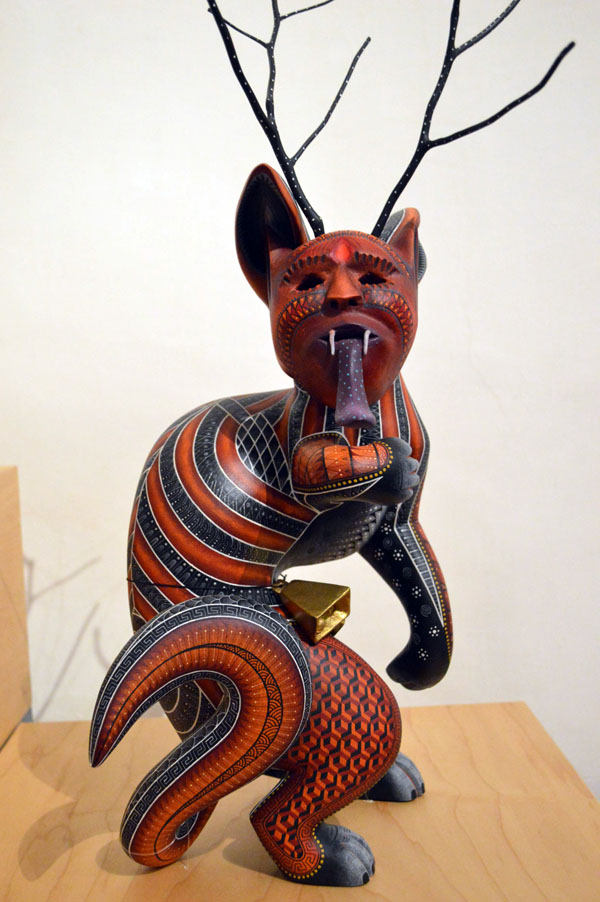
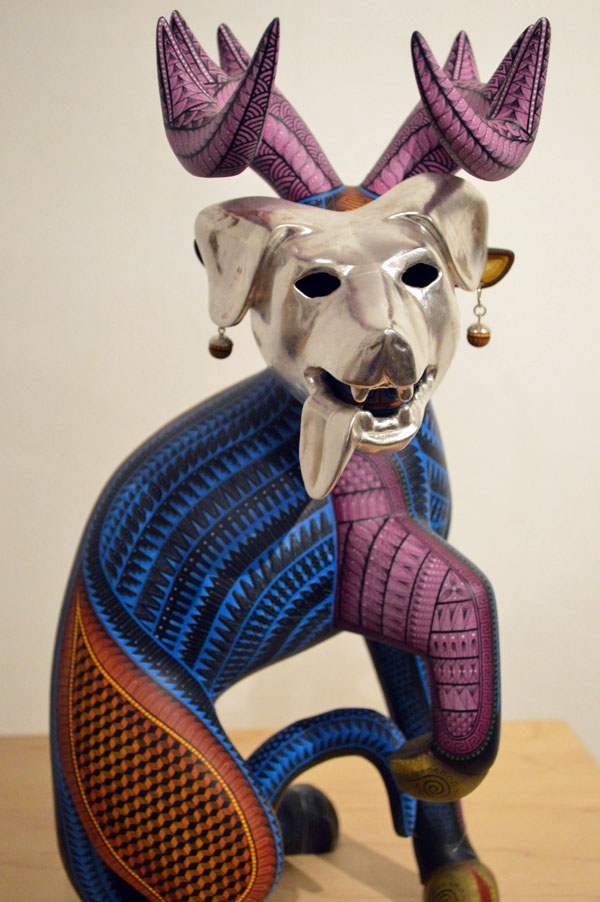
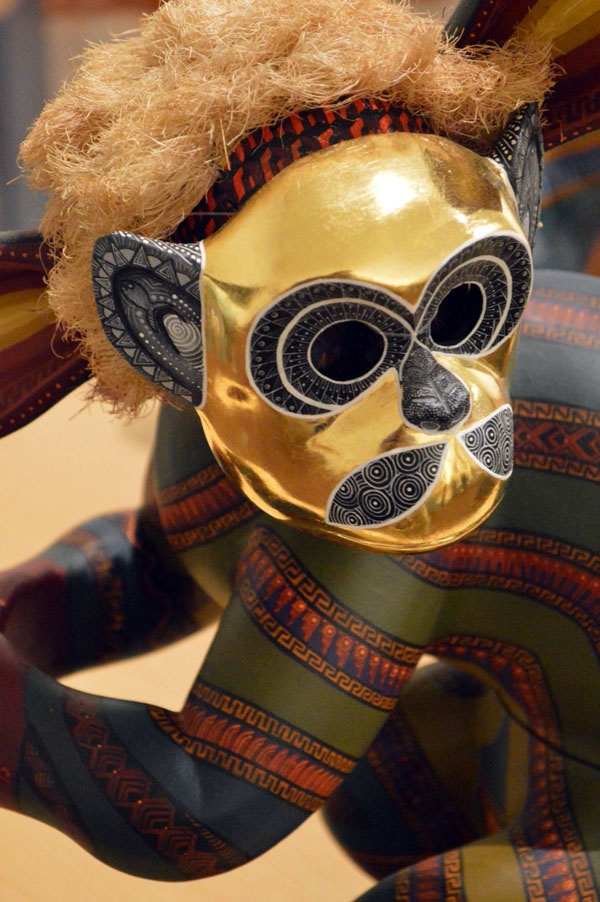
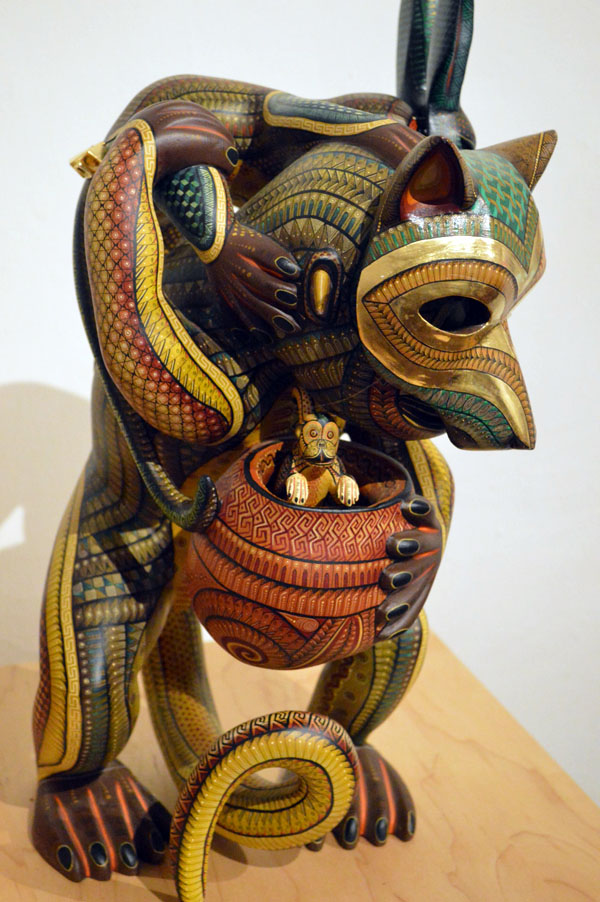
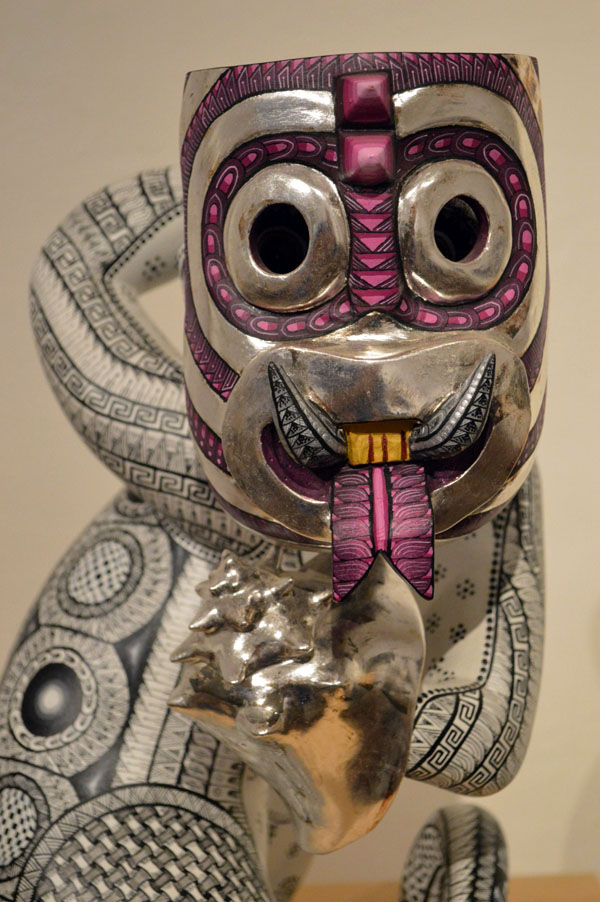
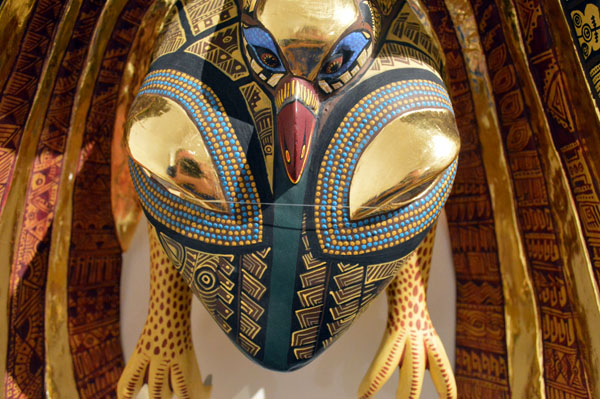
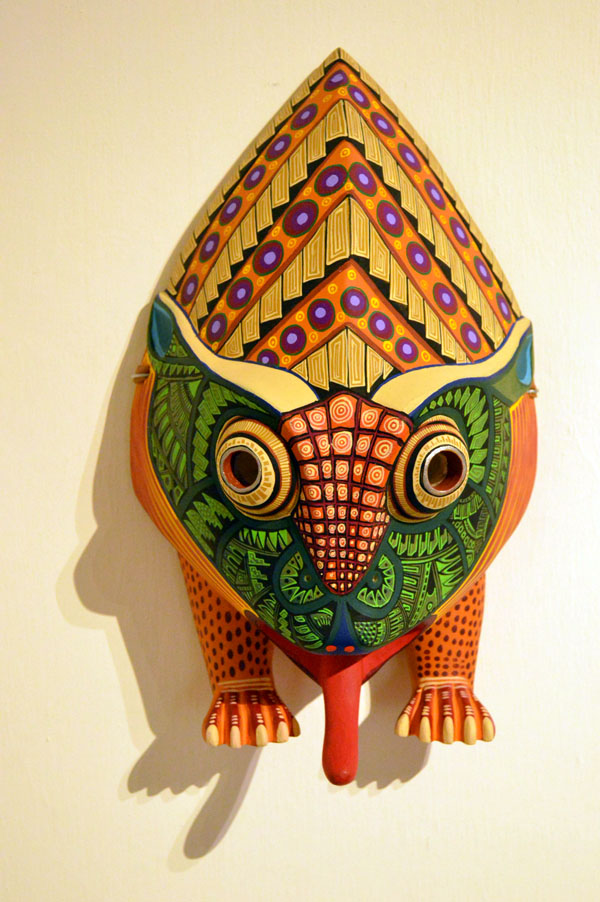
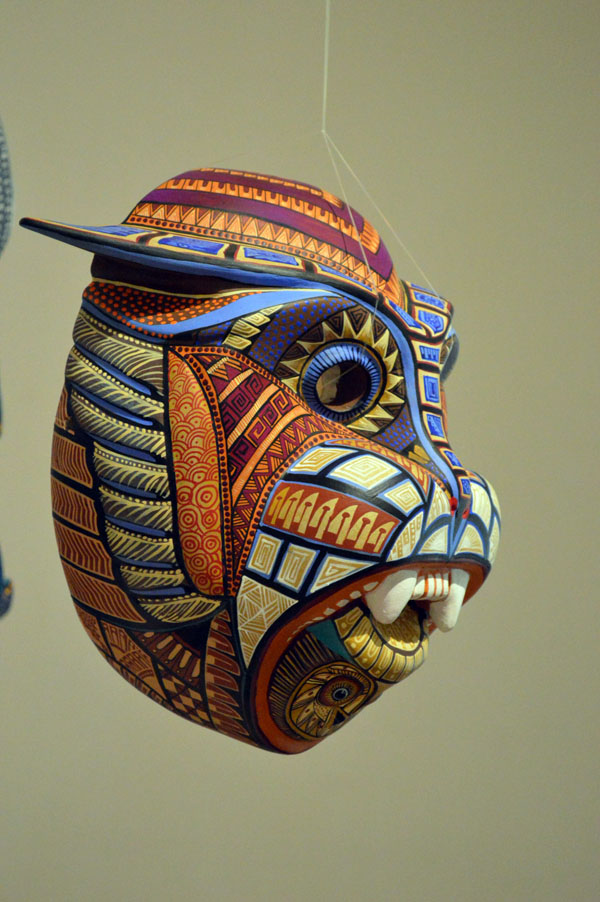
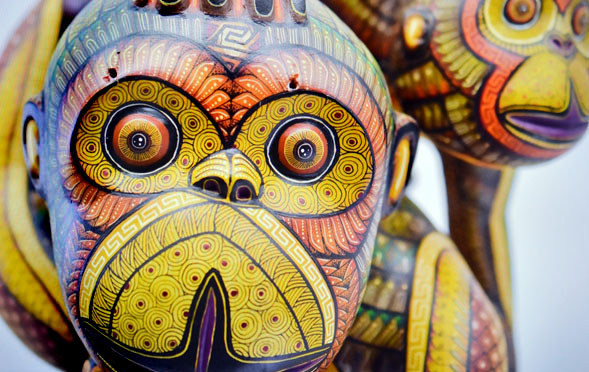
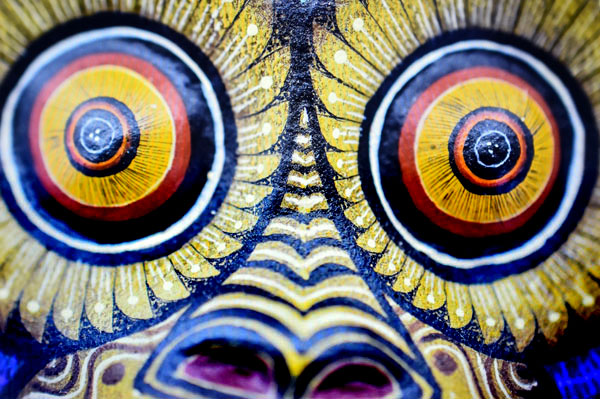
_______________________________________________________
THE TEXTILE MUSEUM
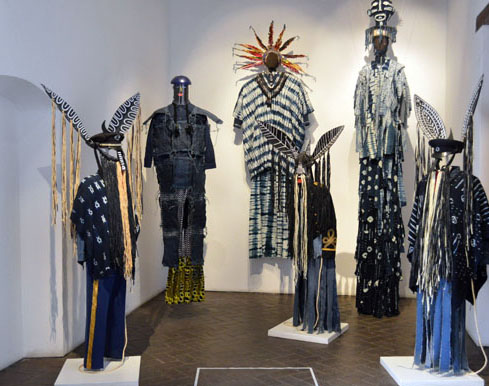
The Textile Museum of Oaxaca offers an overview about textiles from Oaxaca, Mexico and the world.
www.museotextildeoaxaca.org.mx
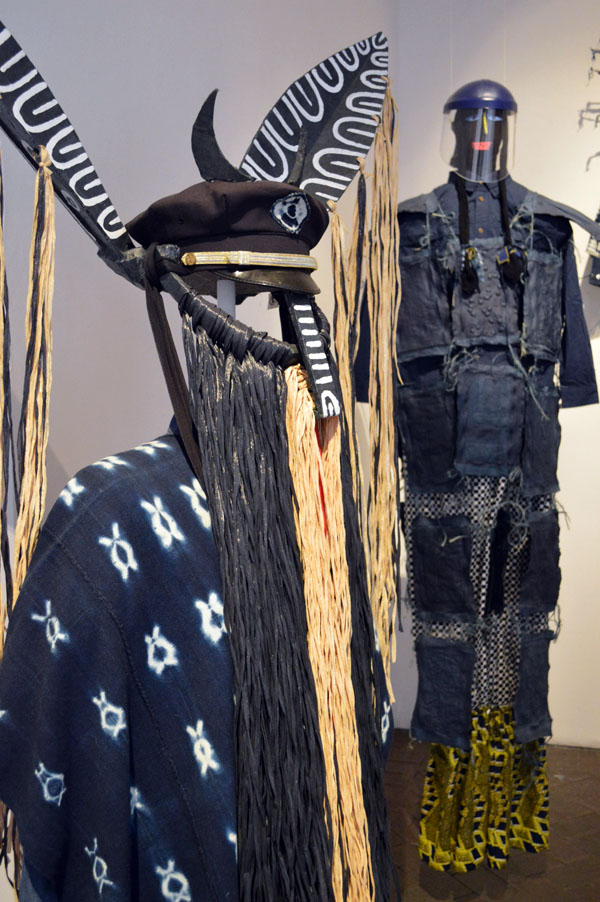
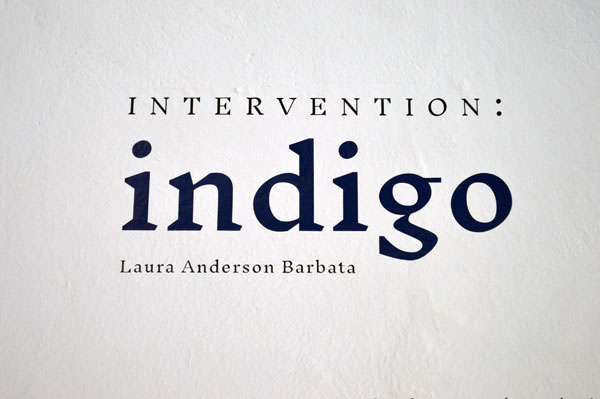
The show that was on was called –“Intervention”.
Indigo is used for police uniforms worldwide and this show by Laura Anderson Barbata pointed out its twin poles of security and oppression
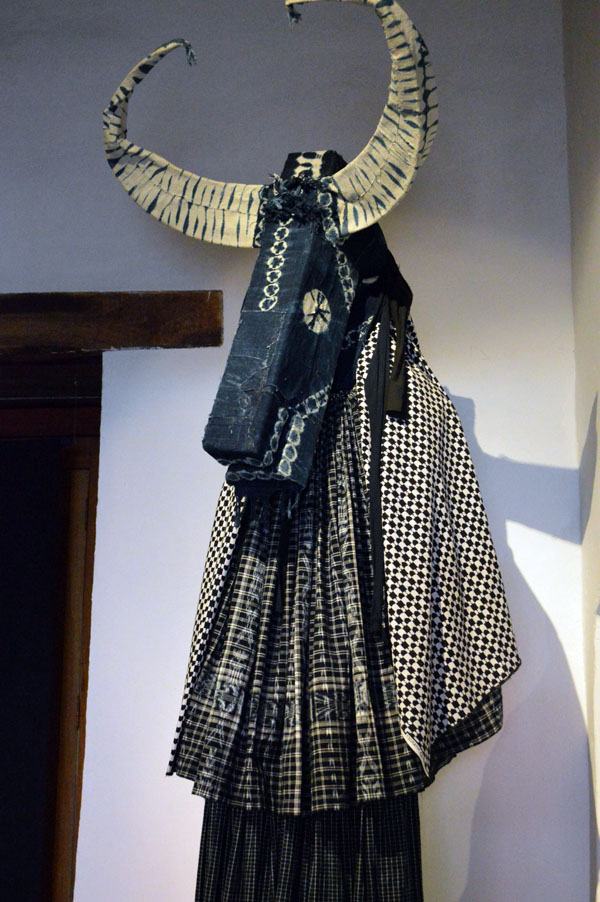
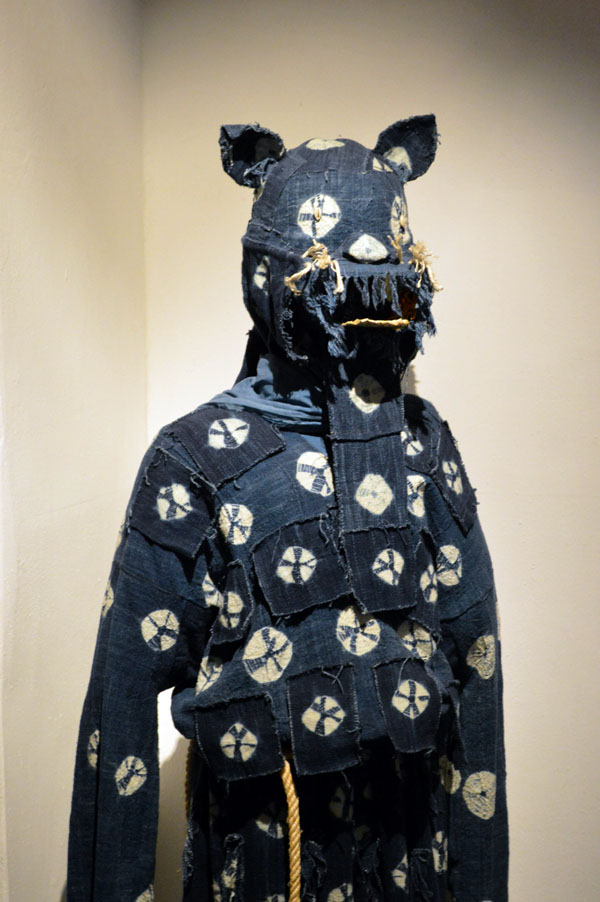
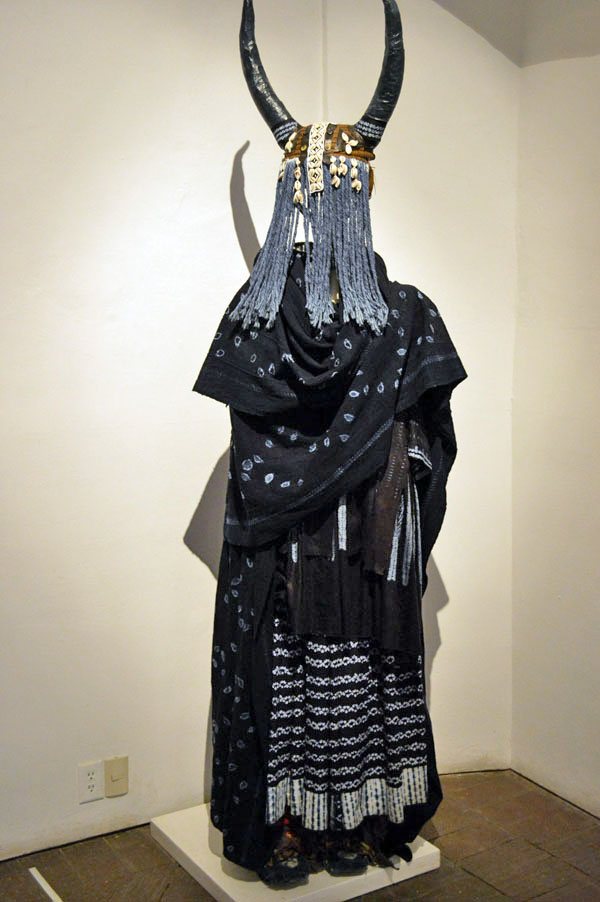
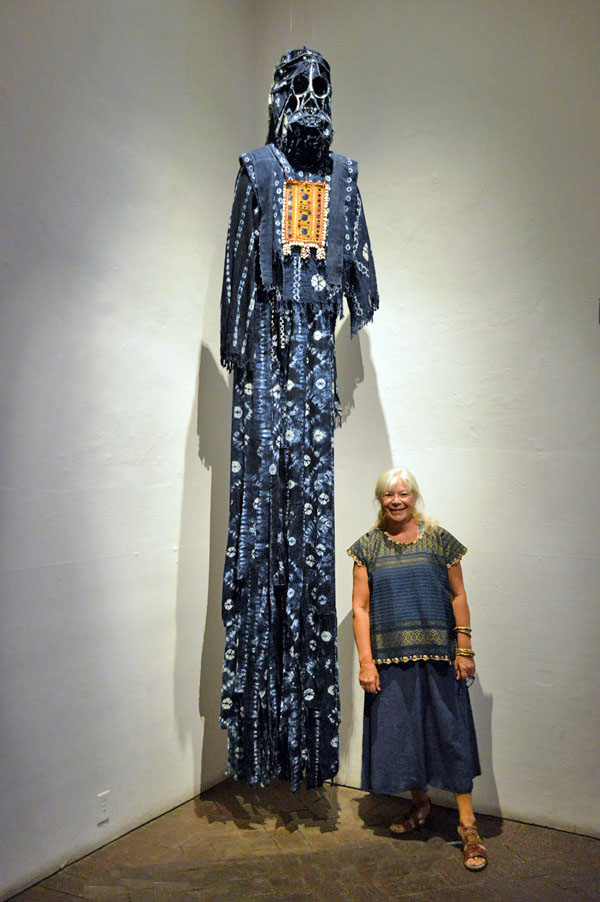
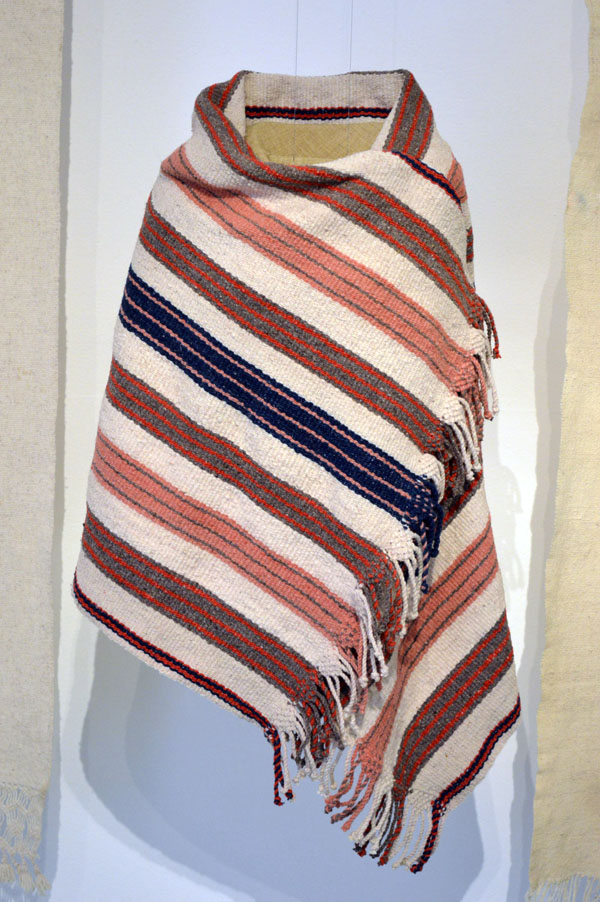
More conventional cotton pieces were also on display.
